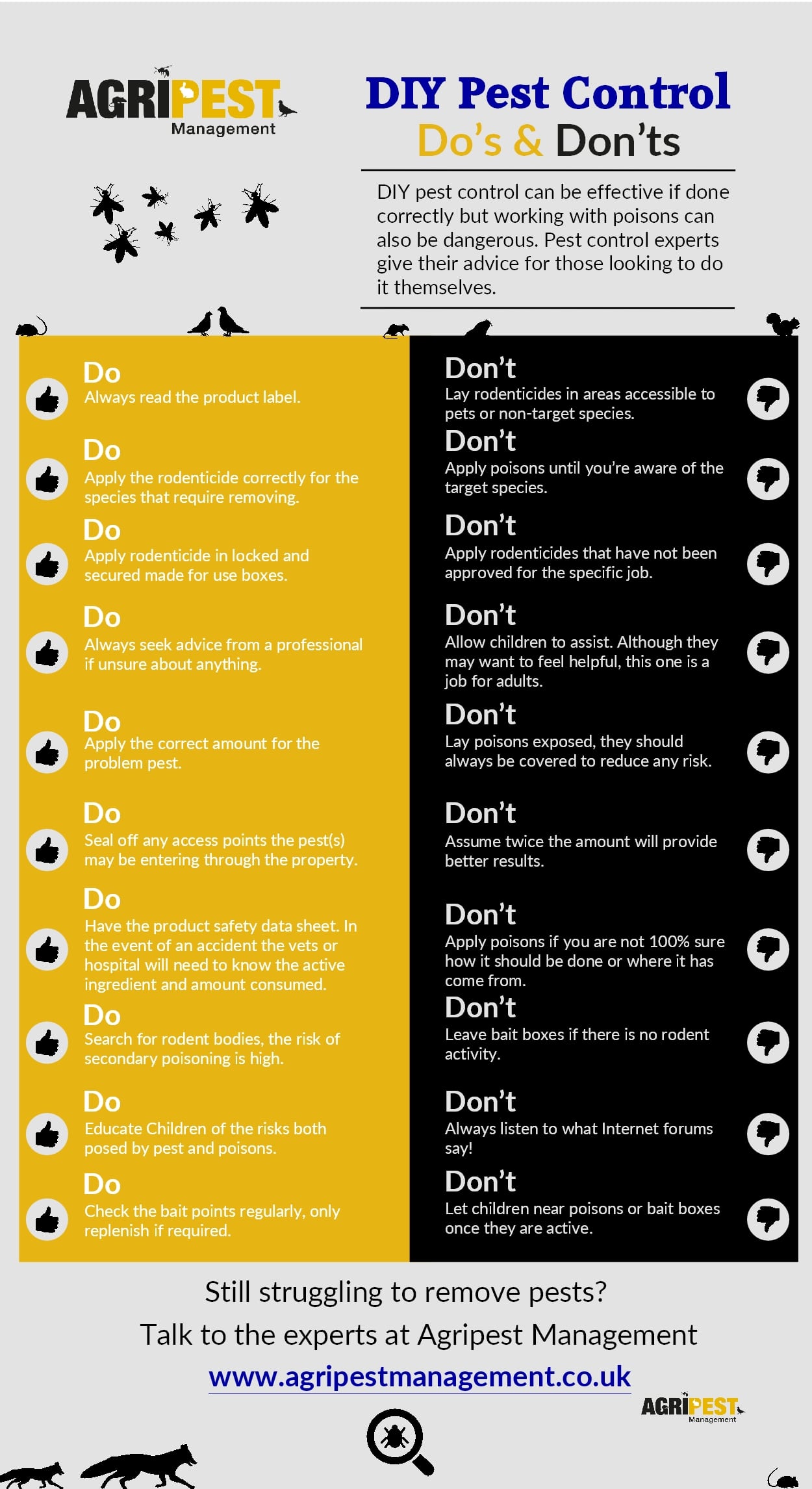Understanding The Habits Of Typical Rodents For Reliable Rodent Control
Understanding The Habits Of Typical Rodents For Reliable Rodent Control
Blog Article
Developed By-TRUE Refsgaard
When https://news.stlpublicradio.org/show/st-louis-on-the-air/2022-09-09/with-baby-animals-in-need-wildlife-rescue-center-opens-its-doors-to-the-public comes to rodent control, understanding common rodent behavior is crucial to properly managing infestations. Did you understand that rodents have some remarkable nesting practices that might stun you? By discovering their complex habits, you can acquire useful understandings into just how to deal with rodent problems in a much more tactical and reliable way. So, allow's untangle the secrets behind these creatures' activities and learn exactly how to outmaneuver them in your rodent control efforts.
Rat Nesting Habits
When observing rodents in their natural habitat, you'll see that they proactively look for materials to construct their nests. Rodents, such as computer mice and rats, are clever animals that use a range of things like twigs, leaves, paper, and textile to construct their homes. They're thorough in their nest-building process, often lining their nests with softer materials like fur or plumes to create a comfortable setting.
Rodents choose to build their nests in hidden and protected areas to shield themselves and their young from killers. Typical nesting areas consist of wall dental caries, attic rooms, cellars, and also within insulation products. By building their nests in these secluded areas, rats can safely elevate their spawn away from potential risks.
It is necessary to recognize the nesting behaviors of rodents when executing control steps. By interrupting their nests or eliminating materials, you can prevent rats from developing a visibility in your home or home. Appropriate hygiene and sealing entrance points are additionally crucial steps in preventing rodent invasions.
Rat Feeding Patterns
After observing rats' nesting practices, it ends up being noticeable that their feeding patterns play an important duty in their every day lives and habits. Rodents, including computer mice and rats, are opportunistic feeders, meaning they'll consume whatever food resource is readily available. They're mainly nocturnal animals, favoring to forage for food during the cover of evening to stay clear of killers.
Rats have a varied diet, varying from grains, seeds, fruits, and veggies to insects, nuts, and also small pets. This adaptability in their food choices enables them to thrive in various settings, consisting of city locations where human food resources are bountiful.
Their feeding patterns aren't just driven by appetite yet also by the requirement to accumulate food for times of scarcity. This actions is specifically obvious in preparation for cold weather or when nesting. Rats are understood to hoard food in their nests or burrows, guaranteeing a constant food supply. Understanding their feeding patterns is necessary in executing effective rodent control steps to interrupt their food resources and avoid infestations.
Rat Motion and Travel
Rodents navigate their environments with dexterity and stealth, utilizing their eager senses to move swiftly via their settings. These creatures are skilled climbers, able to range wall surfaces and upright surfaces with ease. They can also squeeze via surprisingly tiny openings, making it crucial to seal off any type of prospective access points in your house.
When it involves taking a trip, rats have a tendency to adhere to acquainted courses, developing tracks along wall surfaces or skirting the edges of spaces. They're creatures of habit, frequently staying with these established courses as they forage for food or discover their environments.
Rodents are understood for their nocturnal practices, so you may hear them scampering around during the night as they look for food and water. Their activities are quick and erratic, permitting them to dart in and out of sight in the blink of an eye.
Recognizing how rodents move and take a trip can help you determine possible problem locations in your home and take positive actions to prevent these pests from acquiring a footing.
Conclusion
As you function to regulate rats in your home, remember that understanding their behavior is vital. By recognizing their nesting behaviors, feeding patterns, and movement, you can efficiently protect against invasions.
Together, by taking proactive measures to get rid of food sources and seal entrance factors, you can disrupt their acquainted paths and require them to choose new locations, inevitably minimizing the likelihood of rodent existence in your living spaces.
